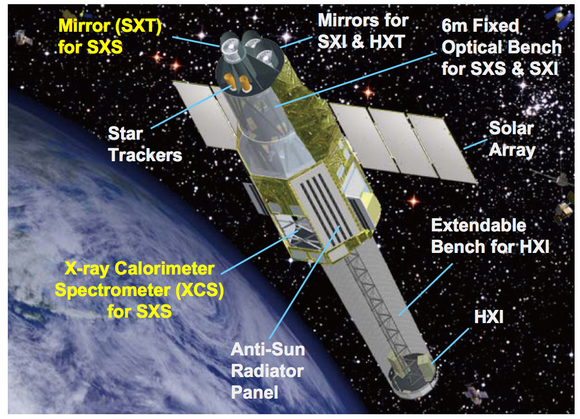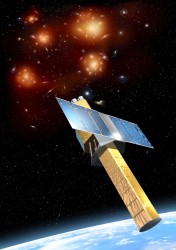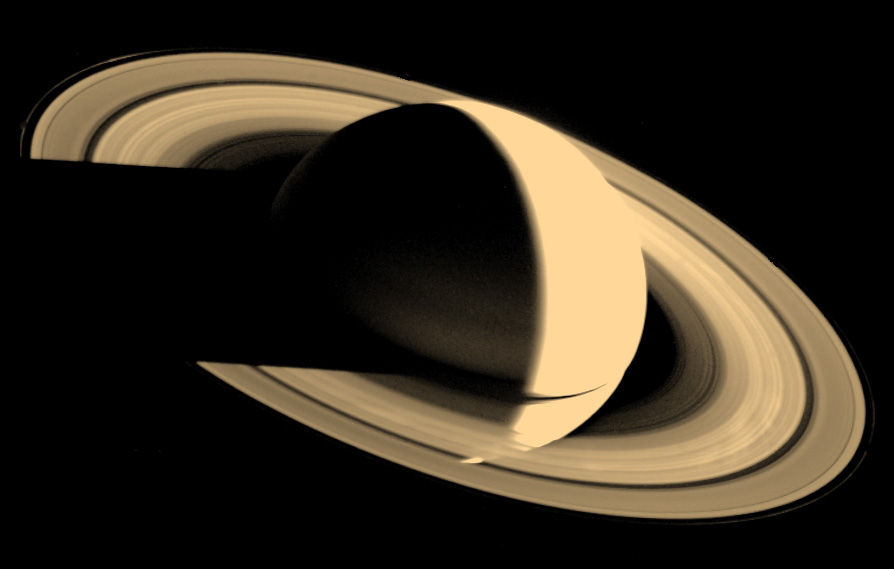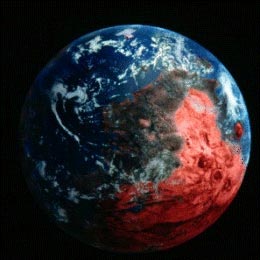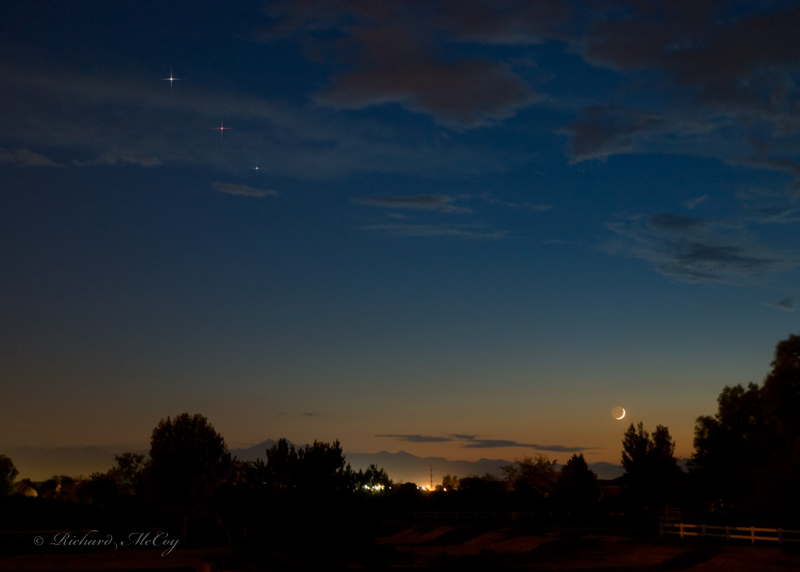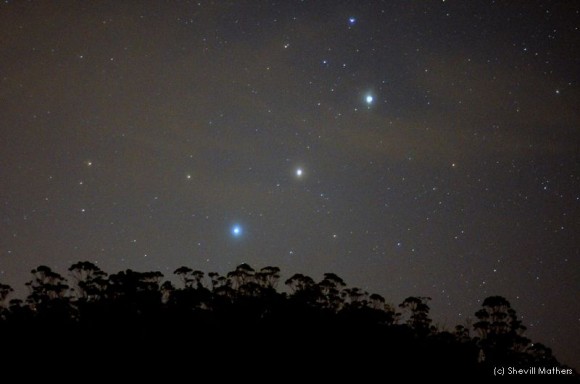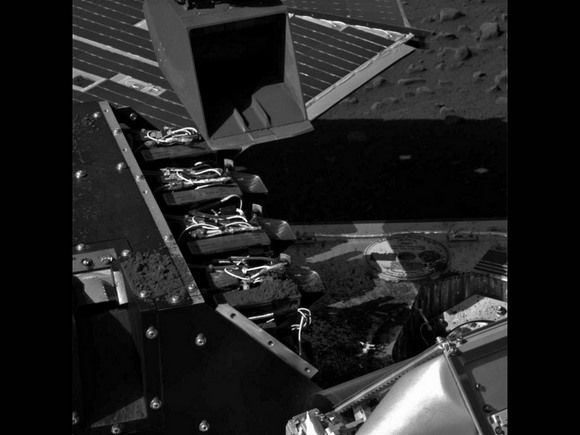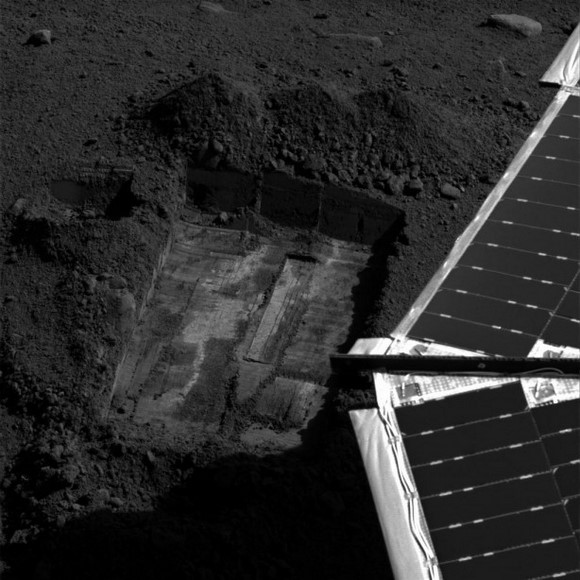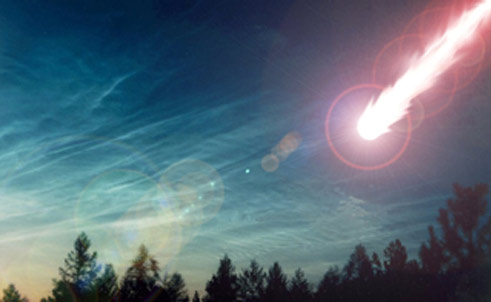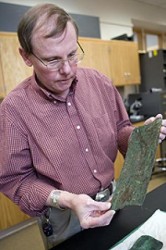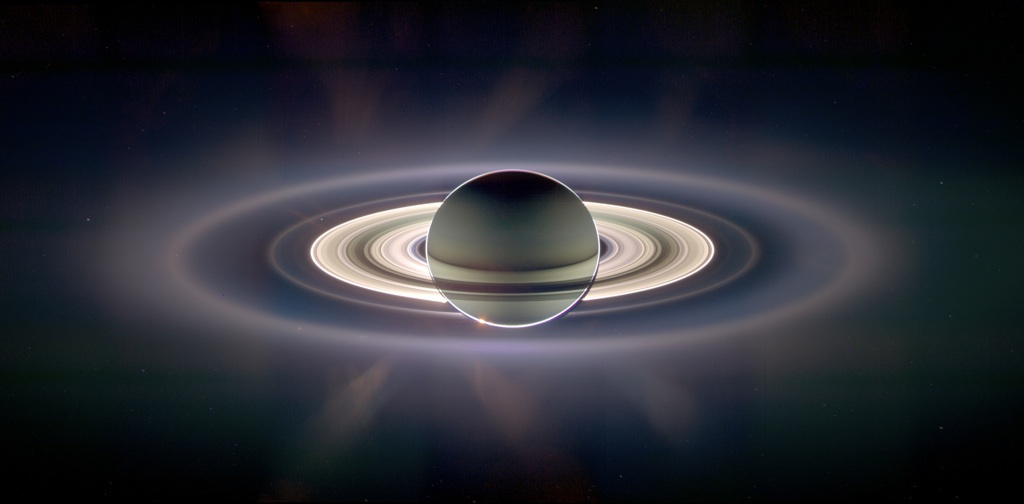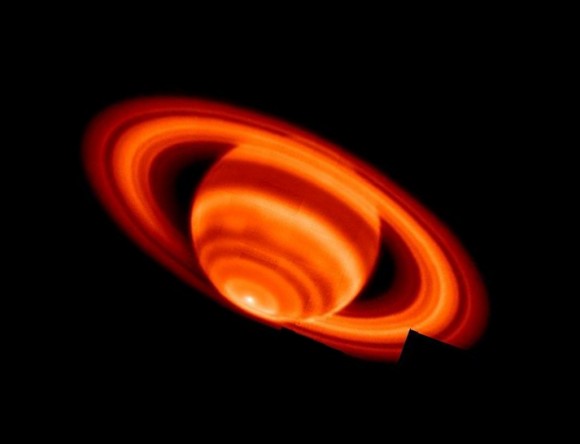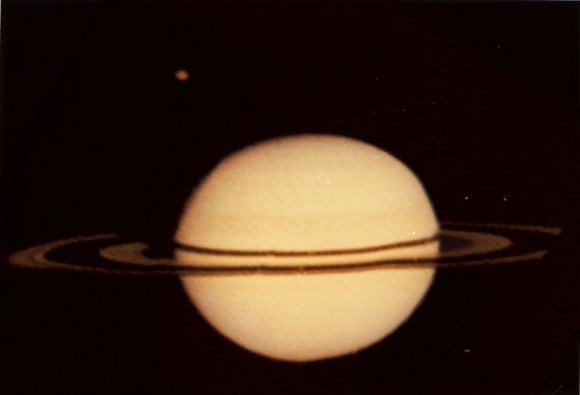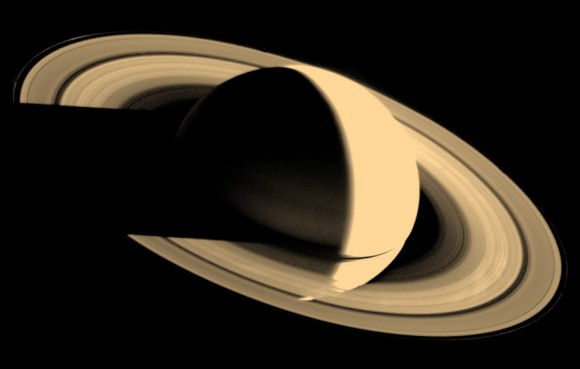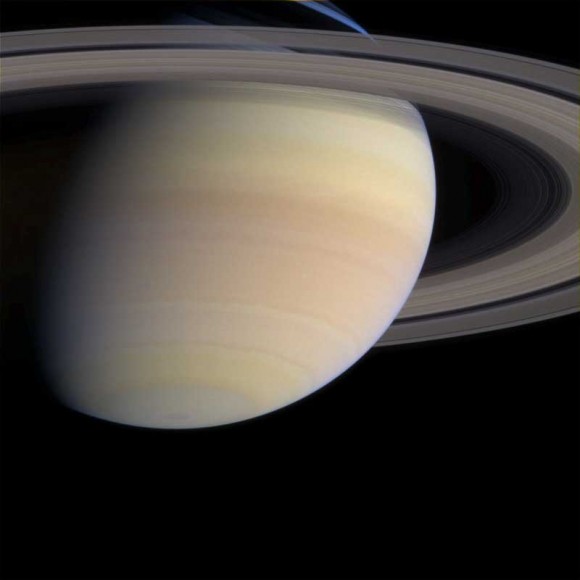This protoplanetary disk in the Orion Nebula has a mass more than one hundredth that of the sun, the minimum needed to form a Jupiter-sized planet. Image credit: Bally et al 2000/Hubble Space Telescope & Eisner et al 2008/CARMA, SMA)
The Orion Nebula shines brilliantly, as it is packed with over 1,000 young stars in a region just a few light-years wide. With all those stars, there’s probably the potential for thousands of planets to one day form from the dust and gas surrounding these stars, right? Actually, according to a new study, fewer than 10 percent of stars in the Orion Nebula have enough surrounding dust to make a planet the size of Jupiter. And that doesn’t bode well for the planet-forming abilities of most stars, at least in forming planets the size of Jupiter or larger. “We think that most stars in the galaxy are formed in dense, Orion-like regions, so this implies that systems like ours may be the exception rather than the rule,” said Joshua Eisner lead author of the study from the University of California Berkeley. This finding is also consistent with the results of current planet searches, which are finding that only about 6 percent of stars surveyed have planets the size of Jupiter or larger.
In the observations of Orion’s central region of more than 250 known stars, the findings showed that only about 10 percent emit the wavelength radiation typically emitted by a warm disk of dust, (1.3-millimeter). Even fewer – less than 8 percent of stars surveyed – were found to have dust disks with masses greater than one-hundredth the mass of the sun, which is thought to be the lower mass limit for the formation of Jupiter-sized planets. The average mass of a protoplanetary disk in the region was only one-thousandth of a solar mass, the researchers calculated.
The study was done using the Combined Array for Research in Millimeter Astronomy (CARMA) in California, and the Submillimeter Array (SMA) atop Mauna Kea in Hawaii. Both facilities observe at millimeter wavelengths, which is ideal for piercing the clouds of dust and gas surrounding young stars to see their dense, dusty disks.
Four billion years ago our own sun may have been in a dense, open cluster like Orion. Because open clusters like Orion eventually become gravitationally unbound, they disperse over the course of billions of years, and as a result, the sun’s birth neighbors are long gone.
Eisner said studying star clusters like the Orion Nebula Cluster “helps our understanding of the typical mode of star and planet formation.”
However, another survey of the Taurus cluster, which is a lower-density star-forming region showed that more than 20 percent of its stars have enough mass to form planets. The difference is probably related to the tightly packed, hot stars of the Orion cluster, said John Carpenter, colleague of Eisner’s in the study.
“Somehow, the Orion cluster environment is not conducive to forming high mass disks or having them survive long, presumably due to the ionization field from the hot, massive OB stars , which you might expect would photoevaporate dust and lead to small disk masses,” he said.
News Source: UC Berkley




